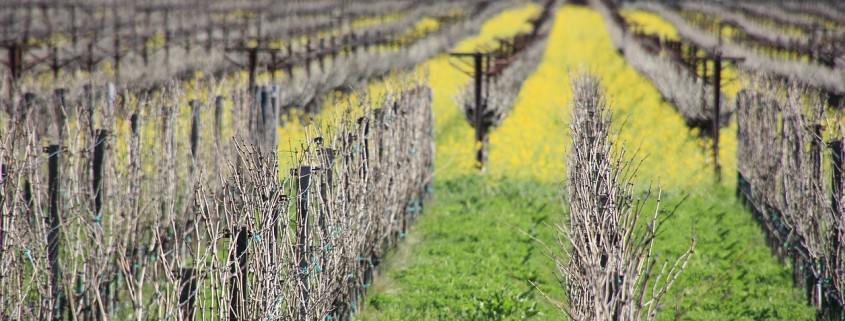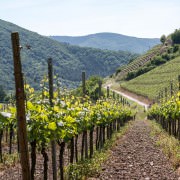The Arsenic Argument: Are Some California Wines Dangerous?
On March 19, four California residents filed a lawsuit against more than a dozen California wineries, making the claim that the producers had distributed wine that contains dangerously high levels of arsenic. The Wine Institute, composed of more that 1,000 California vintners, stated that the claim was “false and misleading.” The news caused a panic within the wine drinking community, as many began to stray away from certain brands that were named in the case. But is there truly reason to worry? Knowing the facts can help wine consumers everywhere understand the situation and determine the steps to take from there.
The lawsuit began when two California couples made claims that California wine drinkers had become “unwitting guinea pigs of arsenic exposure” due to the negligence of some California wine producers. 28 companies that represent 83 low-cost labels have been named in the lawsuit. Cupcake, Franzia, Korbel and Rex Goliath are a handful of brands that are being called out for not warning consumers of their high, inorganic arsenic levels. When contacted by CNN, most defendants stated their wine was safe to drink, while a few had no comment pending the litigation. Ten of the brands that are being called to court are part of the Wine Institute of California, who backs up their members stating that the claims are “false and misleading.”
Bevergrades, an independent third party lab testing facility, tested 1,306 bottles of wine that represented more than 75% of the wine consumed in the United States. Of those bottles, 83 were discovered to have excessive arsenic levels. In some cases, the high levels were 500% more than what was considered acceptable. The original test was held at Bevergrades headquarters in Denver, but was then checked at two other labs for verification.
The debate rages on if wine drinkers should begin to be more choosy in their selection or if the lawsuit is a way to gain free publicity for the beverage-testing company. Although the results seem shocking, there are several factors that need to be considered before jumping off the wine wagon.
1. Bevergrades has declined to reveal the methods they use for laboratory testing. They claim that their testing is based off of “sound scientific research”, but refuse to share the information since they believe testing methodology will be an issue brought up during litigation. It is also valuable to keep in mind that only 83 of the bottles out of 1,306 came back with higher level arsenic, proving that majority of the wine business is safe.
2. Arsenic is found throughout nature. In the air, water, and soil. This means it can also be found in various foods like grains, vegetables, fruits and seafood due to absorption of the natural elements. The FDA considers naturally occurring arsenic to be “essentially harmless”. Things become complicated when addressing the issue of inorganic arsenic, in which the Environmental Protection Agency has classified as a human carcinogen when consumed in large quantities.
In the lawsuit, the levels of arsenic in wine are compared to the EPA’s standard of arsenic in drinking water. The EPA limit for water, however, includes both natural and inorganic arsenic, making it questionable to whether or not it should serve as a solid comparison. FDA spokeswoman, Lauren Sucher, agrees that the arsenic grading system for wine should not be compared to that of water. She states “People drink far more water than they do wine over their lifetimes,” proving that the two should not be treated equally. The Wine Institute of California backed up this claim by releasing a fact sheet, which can be found here.
3. The Food and Drug Administration has yet to set a standard for acceptable arsenic levels in wine. 2013 marked the first time the FDA set limits to arsenic in food and drink, but it was in relation to the inorganic levels of arsenic found in apple juice. However, other countries have established arsenic in wine regulations and should be looked at as examples. Canada allows 100 parts per billion while Europe allows for 200 parts per billion – 10 and 20 times higher than the drinking water rules set by the EPA. Most California wines do not even come close to these levels. This further proves that the case shouldn’t be based off of the sole comparison of the arsenic levels found in wine to those found in drinking water.
As this case continues, it is important to keep in mind all the facts surrounding the situation before coming to solid conclusions. The lawsuit doesn’t include any allegations of physical injury or death due to the ingestion of arsenic found in the wine that is being named in the case. The plaintiffs are looking for monetary damages, as well as the implementation of high-level arsenic warning labels on bottles.
- Sommelier Surge in Restaurants - August 7, 2015
- 3 Up-and-Coming Restaurant Industry Trends - August 6, 2015
- Millennial’s Impact on the Wine Industry - August 4, 2015









